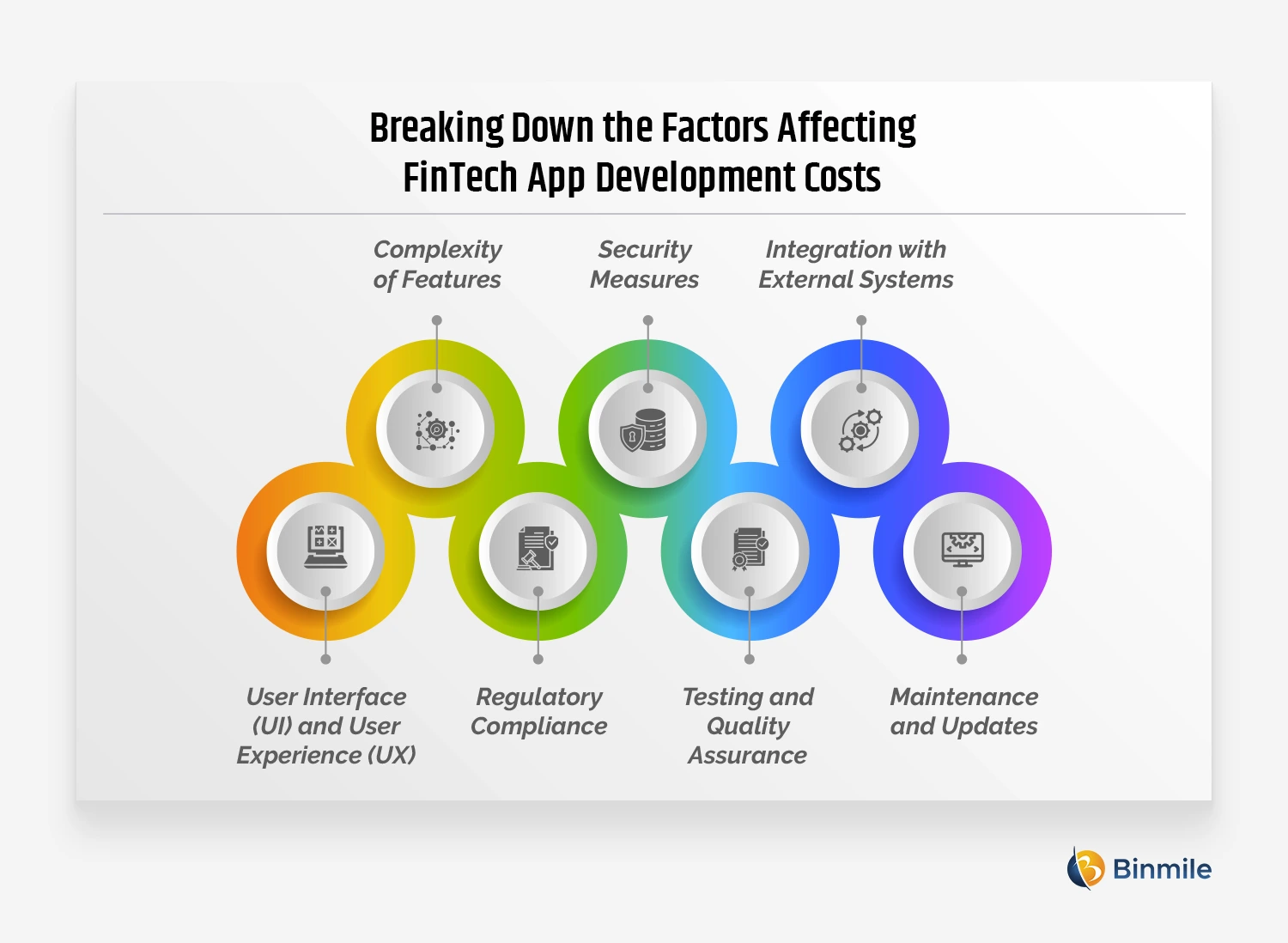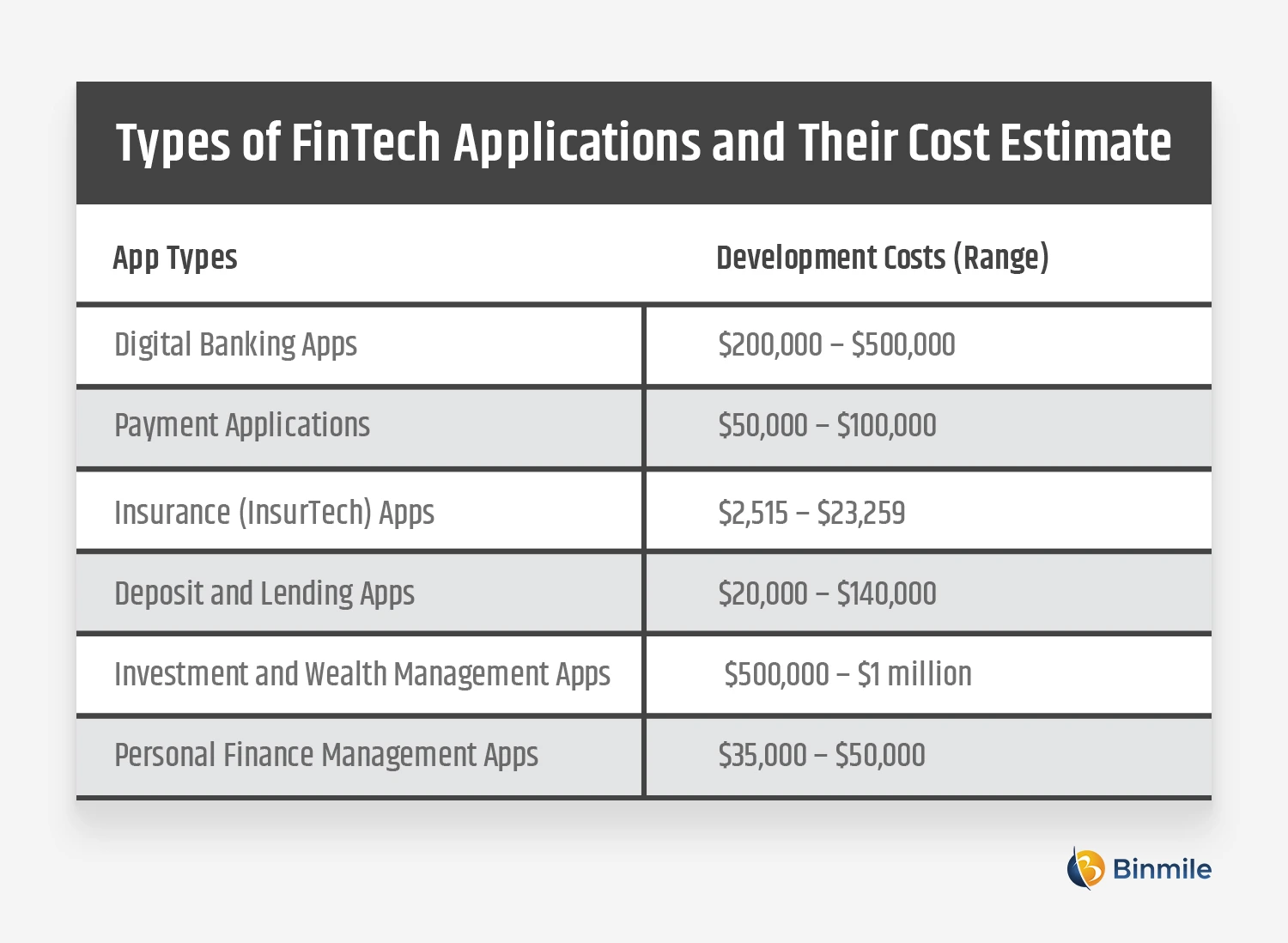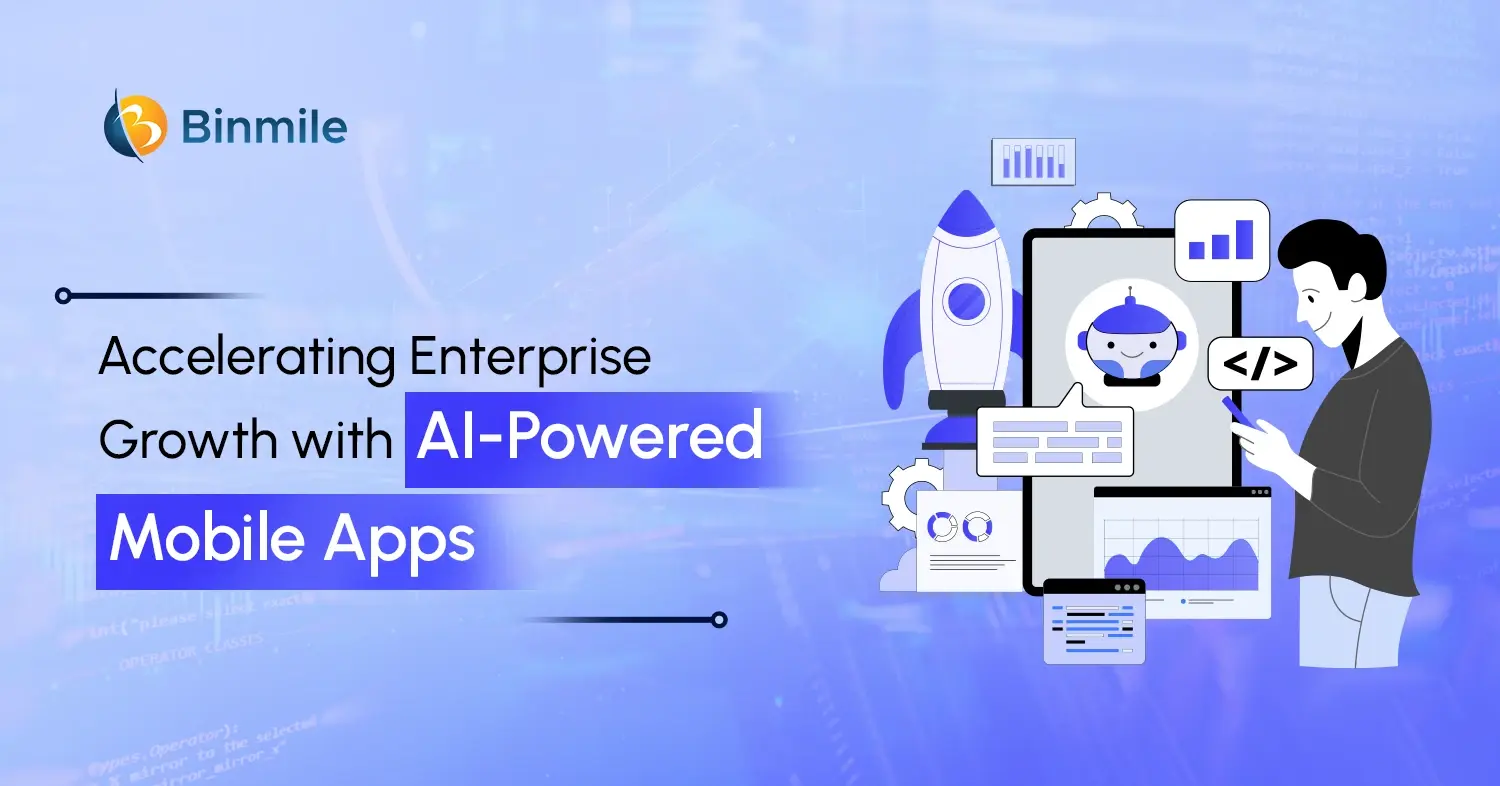Emerging technologies such as generative AI, APIs, or blockchain in the FinTech industry have transformed how the industry operates or interacts with its customers. From online banking, digital wallets, and automated investment management, to cryptocurrency trading, technology has made it more accessible. Financial services providers that don’t want to be left behind are switching to FinTech app development services to operate and conduct their businesses. FinTech consists of a range of applications that are focused on the consumer, and the tools provided by this technology are changing the way consumers access, manage, track, and facilitate their finances.
Moreover, the global fintech market size is expected to reach US$ 764.4 Billion by 2032, reflecting a CAGR of 17% during 2024-2032. This surge is not just global—the FinTech revolution in India is playing a pivotal role in accelerating innovation and financial inclusion. India is emerging as a major hub for FinTech innovation so, if you also want to leverage this technology to enhance your financial operations, and processes and improve their use and delivery to consumers, we’ve got you covered. In this blog, we’ll explain all the nitty-gritty of finTech app development services. From finTech app development cost, and factors that impact the cost, to how to lower the development cost, we’ll help you capture the FinTech market with ease.
Key Factors Influencing the Cost of FinTech App Development Costs

To answer, how much does it cost to develop a fintech app? The answer is FinTech App development costs depend a lot on the specifics of your project such as app type, design elements, or advanced features. However, to give you an estimated range for InsurTech app development, it can be anywhere between $50,000 to $500,000 or more.
#1 Complexity of Features
The more intricate the features, such as real-time analytics, AI-driven insights, or multi-platform compatibility, the higher the development cost. Customization and advanced functionalities often require more resources.
- Basic features: $20,000 – $50,000
- Moderate complexity: $50,000 – $150,000
- Advanced features: $150,000 – $500,000+
#2 Security Measures
Fintech apps demand robust security protocols to safeguard sensitive financial data. Implementing encryption, secure authentication, and compliance with industry regulations can contribute to increased development costs.
- Standard security: $10,000 – $30,000
- Enhanced security (biometrics, advanced encryption): $30,000 – $100,000
- Highest-level security compliance: $100,000+
#3 Integration with External Systems
If your app needs to integrate with various external systems, such as banking APIs or third-party financial tools, the complexity of integration can impact costs. Remember, compatibility issues and customization may add to development time and expenses.
- Basic integrations: $15,000 – $50,000
- Moderate complexity: $50,000 – $150,000
- Complex integrations with multiple systems: $150,000+
#4 User Interface (UI) and User Experience (UX)
A seamless and user-friendly interface is essential for fintech apps. Investing in a well-designed UI/UX app modernization might incur additional design and development costs.
- Basic design: $10,000 – $30,000
- Customized UI/UX: $30,000 – $100,000
- Premium design with user testing: $100,000+
#5 Regulatory Compliance
The financial industry is highly regulated. Ensuring compliance with financial regulations and security standards is a critical aspect. This involves ongoing efforts to adapt to changing regulations, which can contribute to the overall cost.
- Initial compliance setup: $20,000 – $50,000
- Ongoing regulatory updates: $10,000 – $30,000 per year
#6 Testing and Quality Assurance
Rigorous testing is vital in the fintech sector to identify and address potential vulnerabilities. Investing in thorough testing processes and quality assurance measures can prevent future issues but may add to development expenses.
- Standard testing: $15,000 – $40,000
- Comprehensive quality assurance: $40,000 – $100,000
#7 Maintenance and Updates
Continuous maintenance and updates are essential for keeping the app secure, compliant, and competitive. Budgeting for ongoing support, bug fixes, and feature enhancements is crucial for long-term success.
- Standard support and maintenance: 10% to 15% of the starting cost for development
- Annual maintenance: 20-25% of initial development cost
Types of FinTech Applications and Their Cost Estimate
Different FinTech Apps require different development costs. Digital banking apps would be more cost-effective than InsurTech Apps since both need different features or design requirements.

Also Read: How much it cost to make an app in india.
Insider Tips for Lowering Fintech App Development Costs Like a Pro
Here’s how you can lower your FinTech app development cost without compromising on the budget or quality:
- Establish Product Type & Marketability: Start with deciding what kind of FinTech app you need. Research the market for the target audience, and consider pain points and your budget requirements. This is to help you stay on track and develop an effective app.
- Consider Design & App Features: Both app UI/UX elements and features like third-party integration or payment gateway, among others, are crucial to successful app development. User-centric app development services ensure high app downloads and engagement.
- Select MVP: Minimum viable product is a great way to test your app idea and collect feedback on app functionality, marketability, or performance. Observe how people perceive your product, what they like or not, and implement changes for future growth.
- Choose FinTech Development Outsourcing: This is the most cost-effective and time-efficient way to develop FinTech applications. Not only can you access global talent, and accelerate launch, but also focus on your core activities, while a top FinTech app development companies handles the development.
Closing Statement
Today’s consumer is tech-savvy and with the advent of so many advanced technologies, financial services providers can no longer stay traditional. Thus, to thrive in this digitally-dominated landscape, FinTech apps are a savior for them. However, to launch an effective, highly functional, and secured FinTech app, knowing its cost is not the only factor that financial institutions should be worried about. Knowing all the factors that could impact the Fintech app development cost is what decides the success or failure of your app.
Hopefully, this blog has given you an in-depth understanding of all the key considerations for estimating app development costs. In addition, we also discussed some tips to ensure you not only optimize your resources but you do more. However, if you feel overwhelmed with all the intricacies involved in custom app development services for your financial institute, we recommend that you consult a software development company. With its expertise, global talent, and dedication it can help you quickly turn app visions into reality with seamless user experiences.









